A space for human driven by human
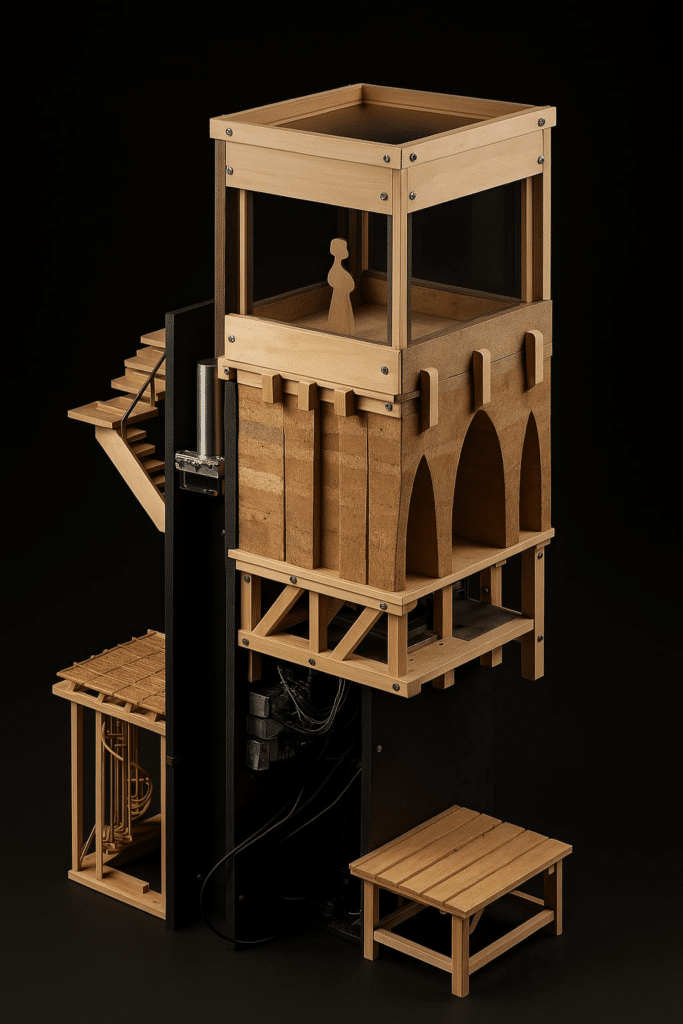
On a planetary scale, these dynamics of solar heating, infrared cooling, and moisture transport create global patterns in climate.
This study explores how temperature and humidity generated through human exertion at different activity levels can be passively regulated to create adaptive microclimates tailored to occupant circadian rhythms and comfort.
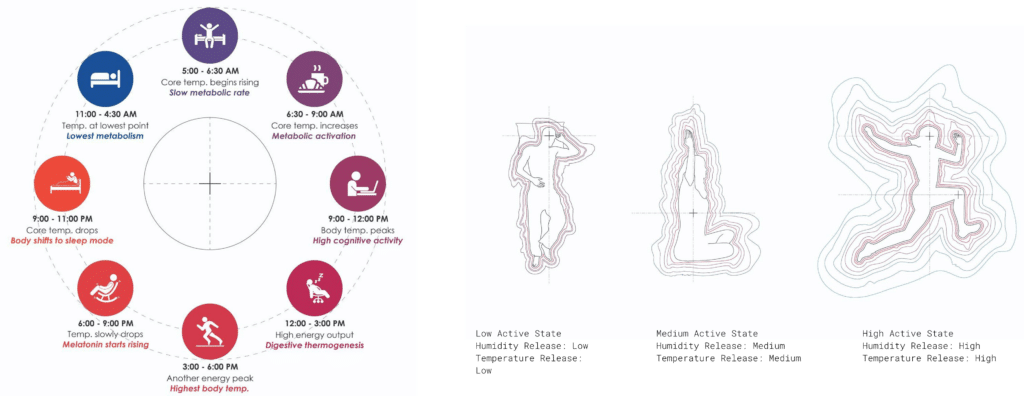
Phenomenon – scientific formula
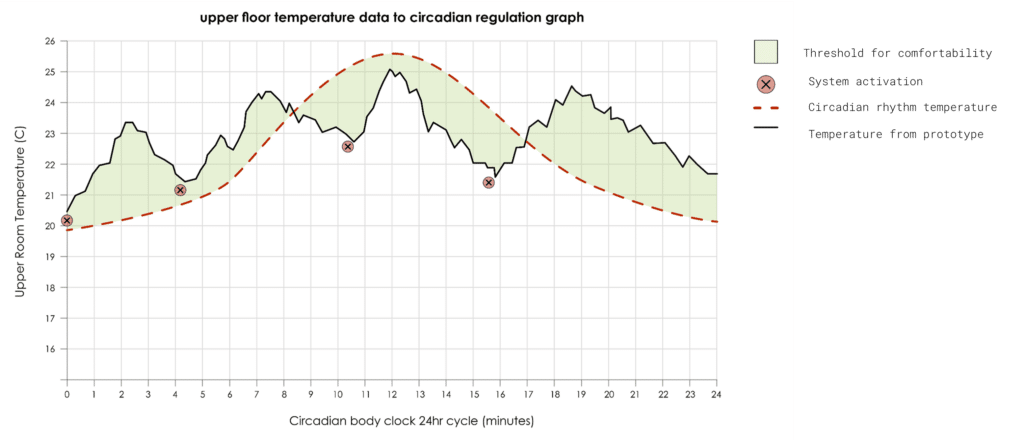

energy–moisture balance equation that links human-induced heat and humidity inputs with the rammed earth’s storage capacity and the resulting indoor climate response.
Materiality – Rammed Earth
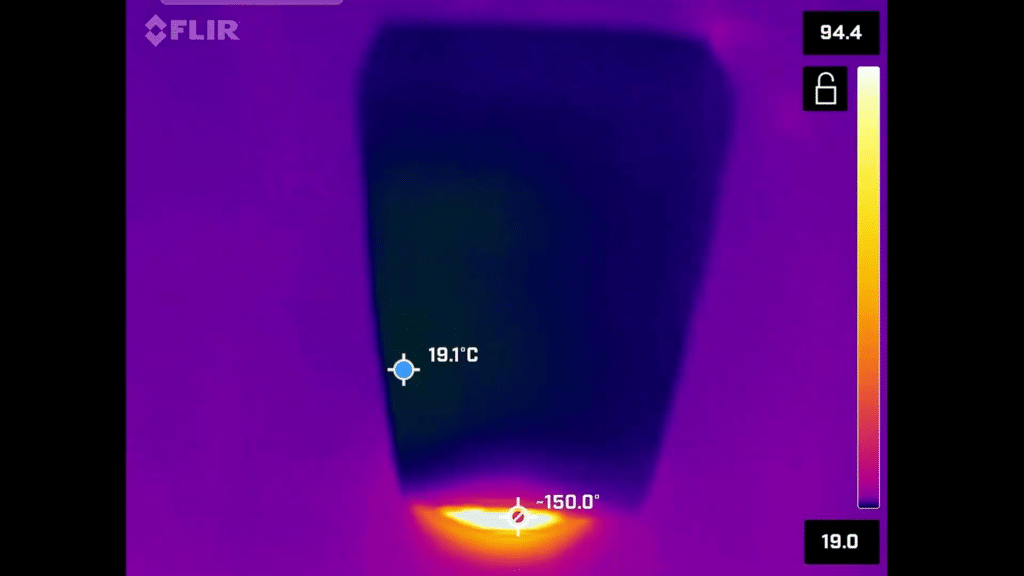
Materiality – Extraction site
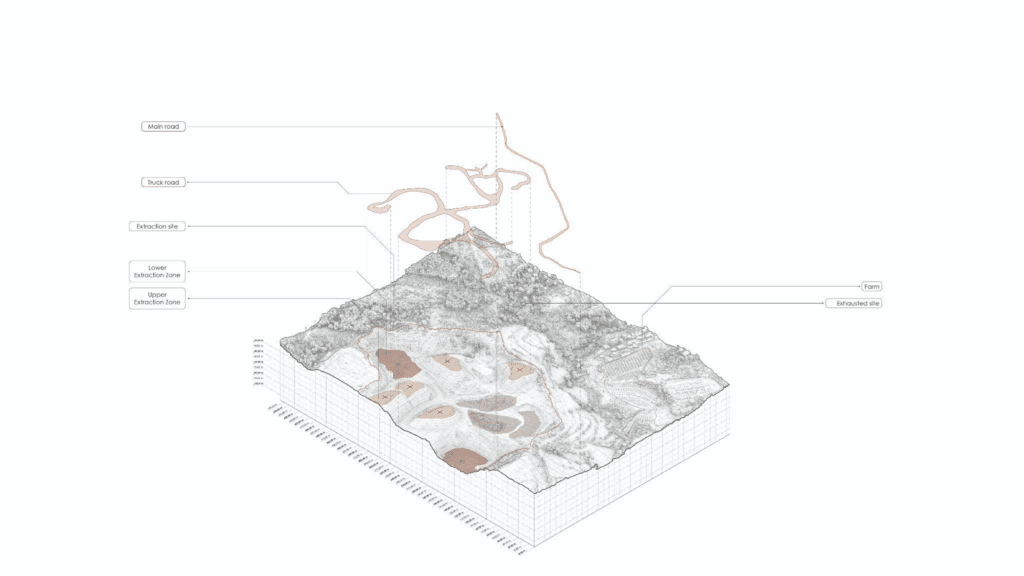
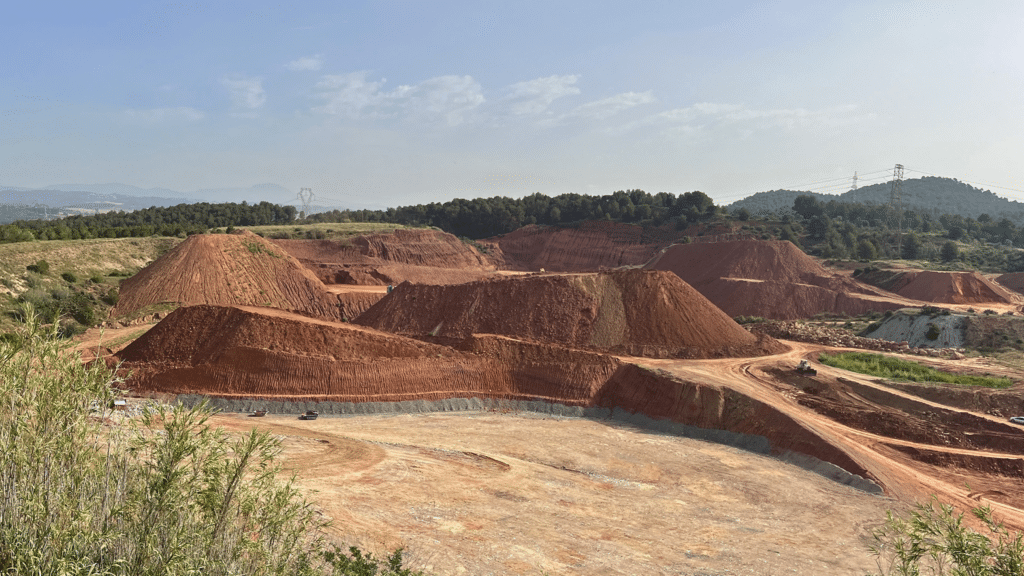
Materiality – Vernacular study

One of rammed earth’s most valued attributes in hot-summer, cool-night climates is its high thermal mass. Thick earthen walls have a high heat capacity (product of density and specific heat), which means they can absorb a large amount of heat energy with only a small rise in temperature. This slows down heat transfer through the wall, producing a significant thermal lag between outdoor and indoor temperature peaks.
Modern scientific studies have quantified that a rammed earth test module in Barcelona maintained indoor temperatures 5–7 °C cooler than an identical module with conventional hollow brick walls during peak summer heat, purely through thermal mass effects.
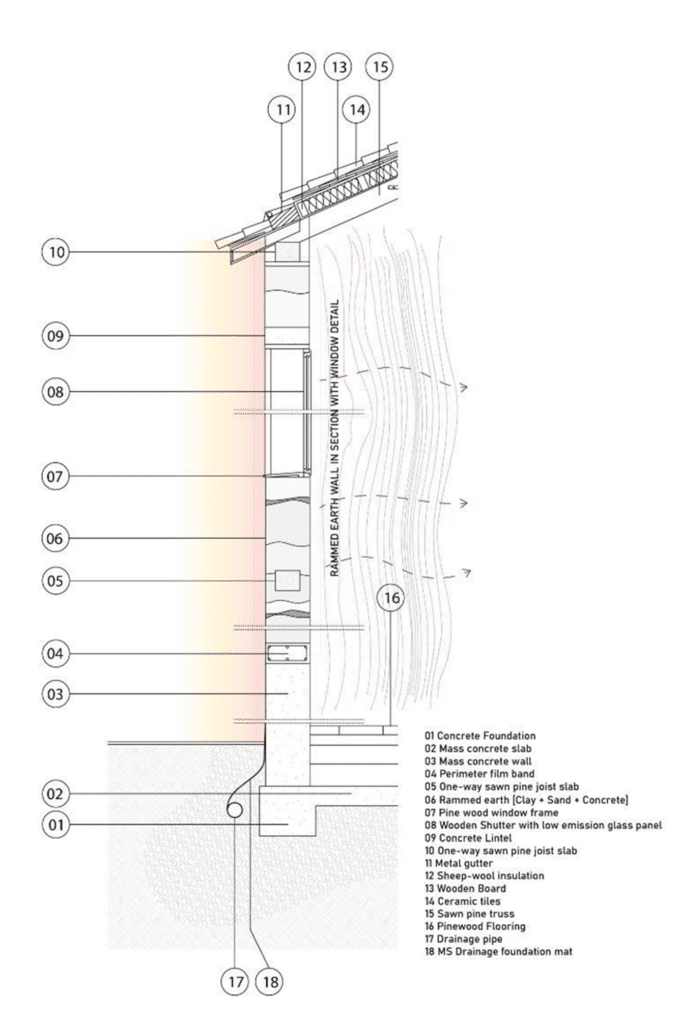
Materiality – Rammed Earth Fabrication

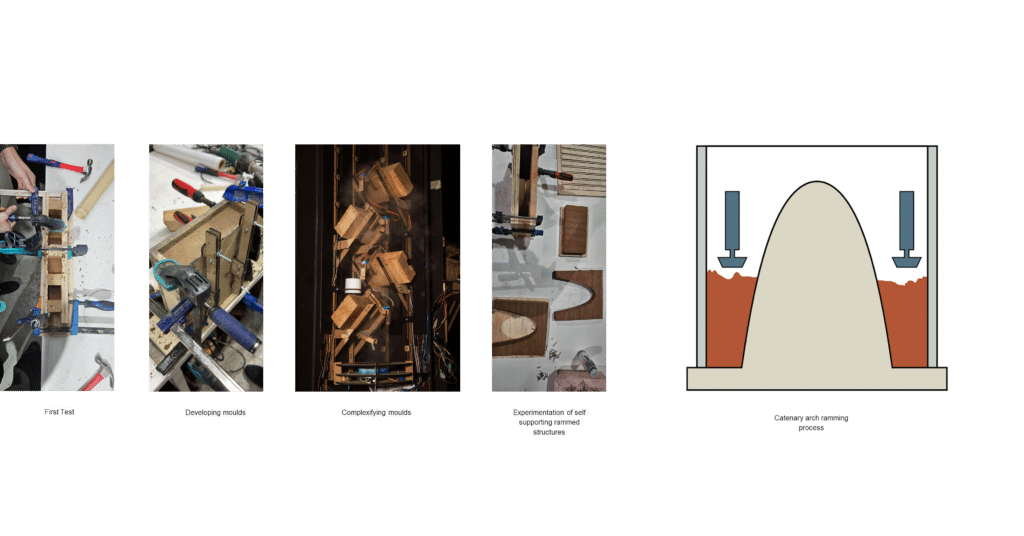
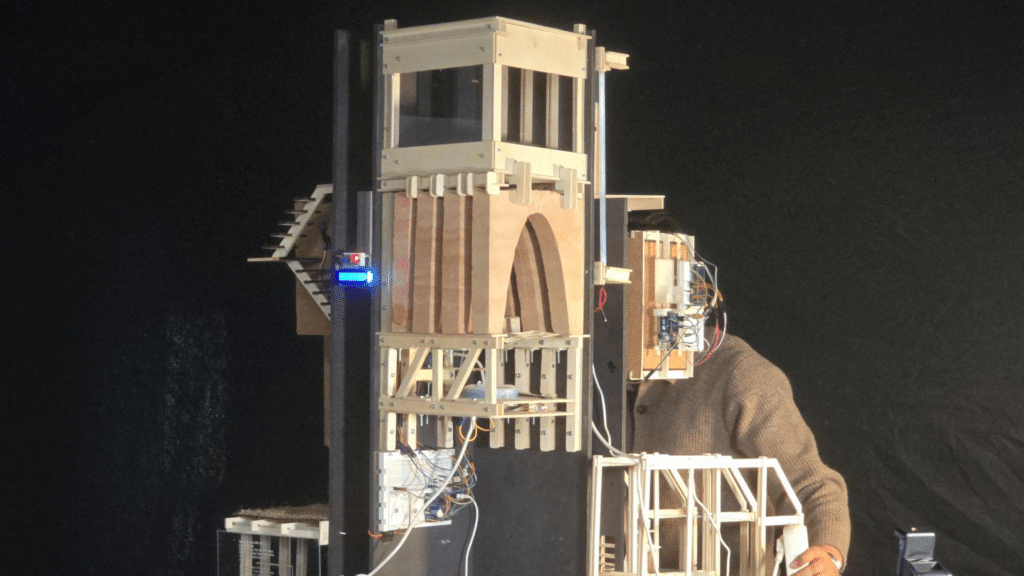
Climatic phenomenon – Simulating Temperature and Humidity produced by a person
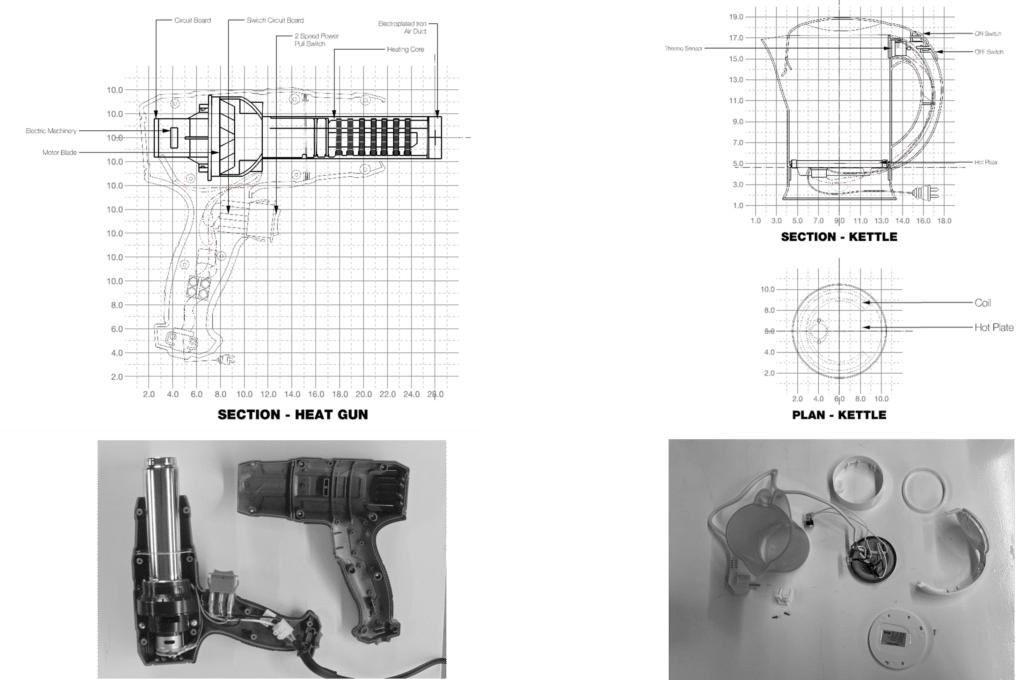
1:10 Prototype- Drawings
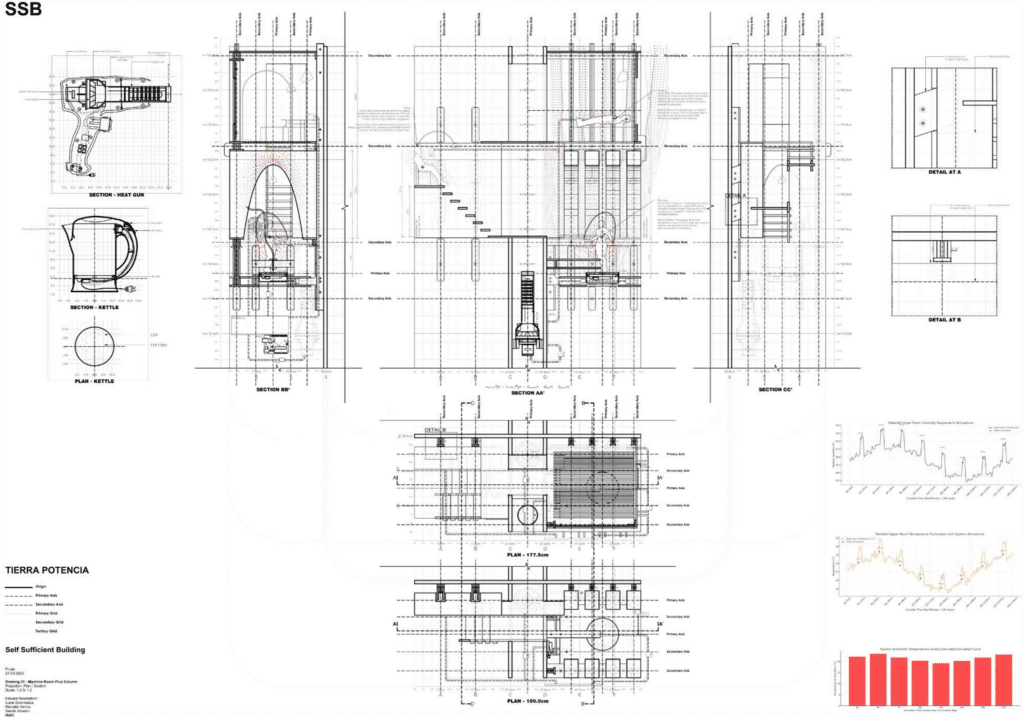
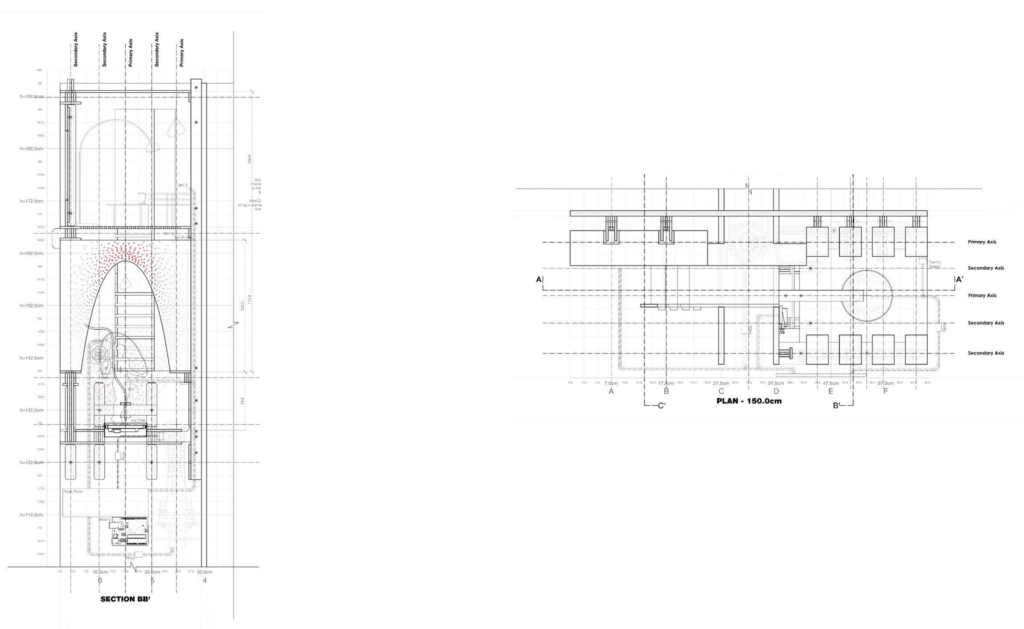
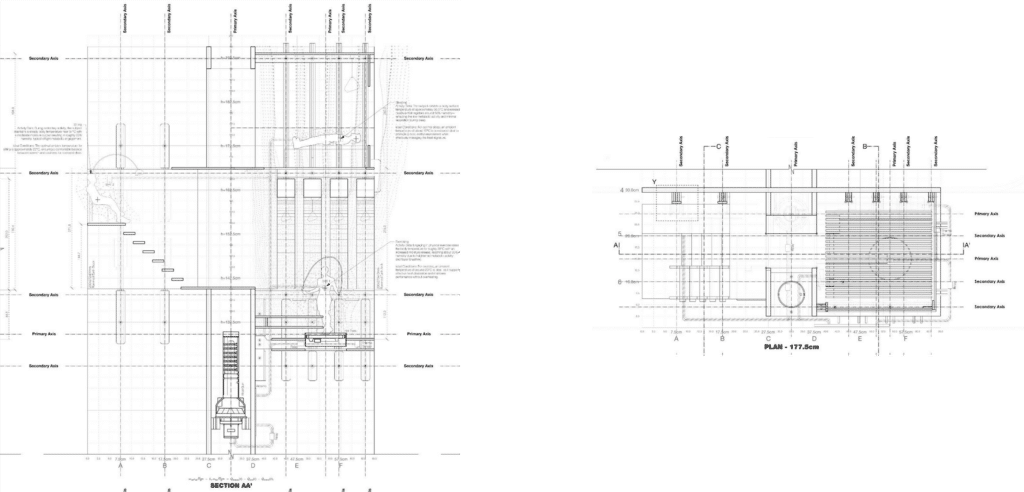
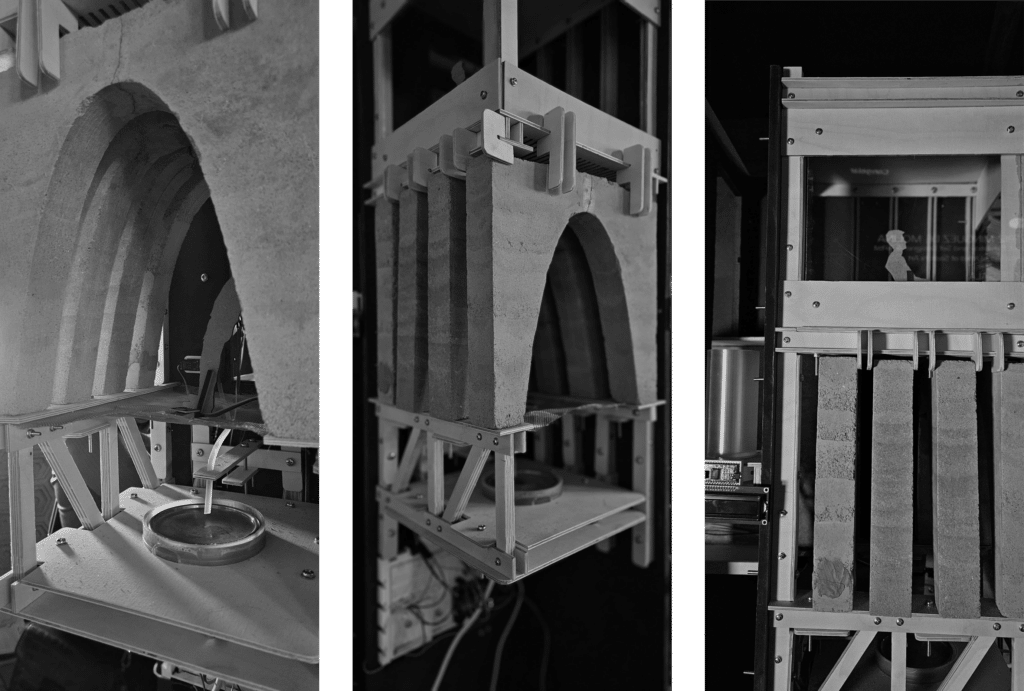
1:10 Prototype – Energy Animation
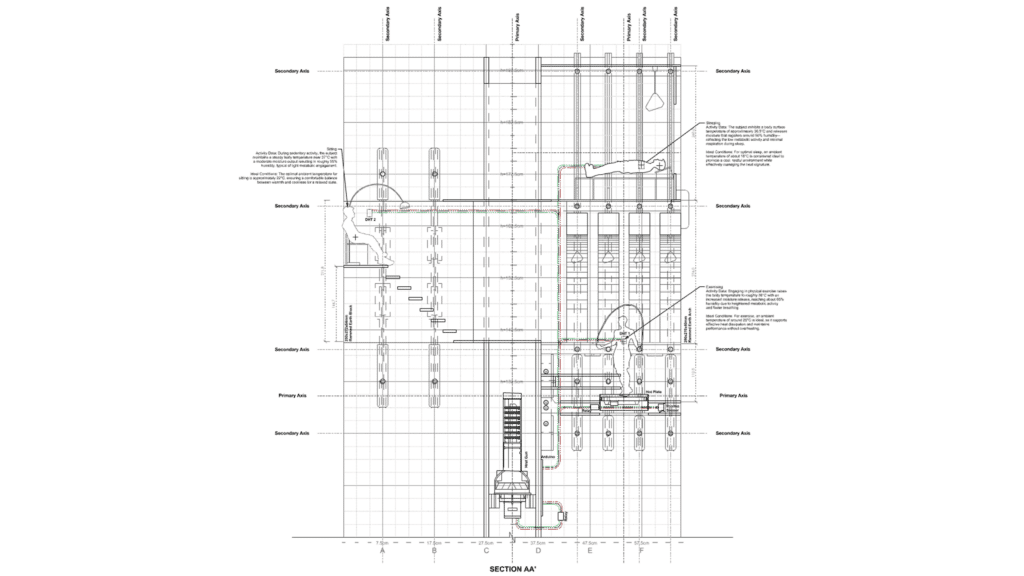
Computation schematics
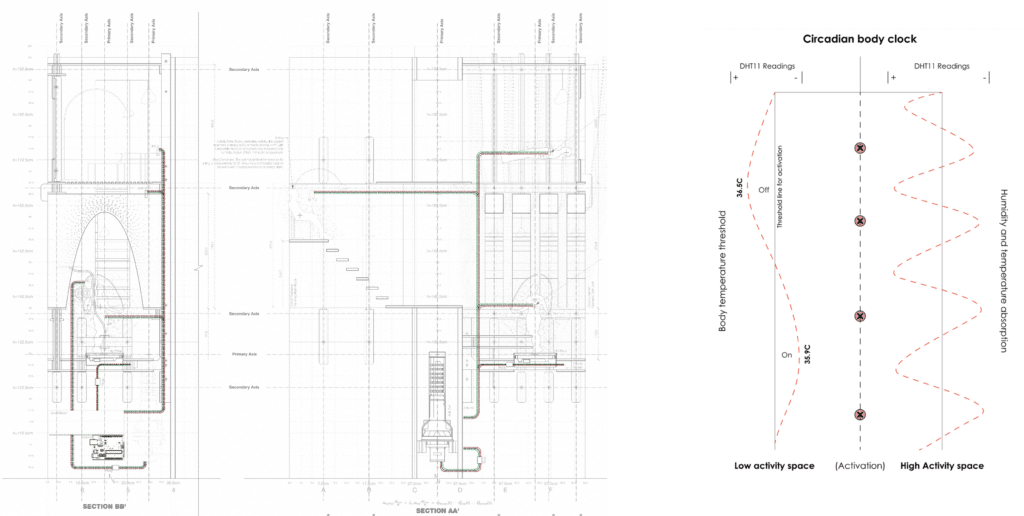
Chart Data formulaic simulation adjusted by activity state – Final wall temperature (Celcius)
Chart Data formulaic simulation adjusted by activity state – Heat Absorption (Kilojoules)
Chart Data formulaic simulation adjusted by activity state – Heat Radiation (watts)
Chart Data formulaic simulation adjusted by activity state – Humidity absorption (kilograms)


